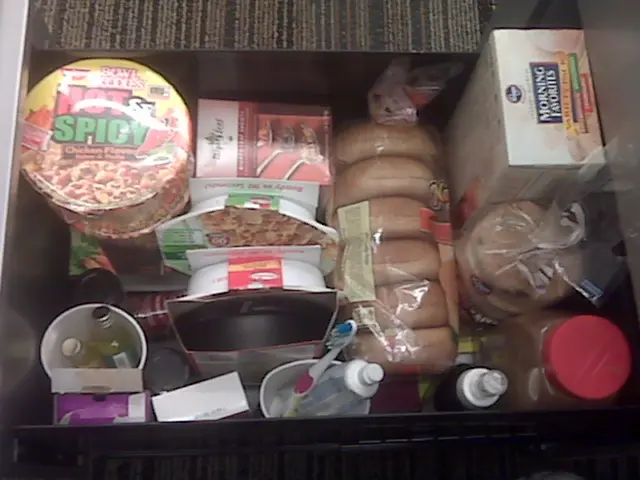Galactic Starburst Explanation - Understanding This Astronomical Occurrence - Astronomical Terminology Guide
In the vast expanse of the cosmos, starburst galaxies stand out as beacons of intense star formation. These celestial bodies enrich the interstellar medium with heavy elements like carbon, oxygen, and nitrogen, playing a crucial role in influencing the growth of galaxies over time.
The primary mechanisms that trigger these starburst activities in galaxies are gravitational interactions such as galaxy mergers and tidal interactions. These external forces funnel gas toward the central regions of galaxies, inducing intense star formation episodes. Mergers, among the most energetic phenomena in the universe, drive gas inflows that fuel strong central starbursts (nuclear starbursts) and possibly activate central supermassive black holes. Tidal interactions, close gravitational encounters between galaxies, can induce strong torques that drive gas toward the inner regions, increasing star formation rates.
In dense environments like galaxy clusters, ram-pressure stripping can remove gas from infalling galaxies but can also compress remaining gas clouds and trigger bursts of star formation before quenching ensues. On the other hand, within isolated or dwarf galaxies, starburst activity may arise from internal feedback processes such as radiation pressure, supernova explosions, or stochastic accretion of gas clouds.
Astronomers continue to study these starburst galaxies to unravel the mysteries of star formation and galaxy evolution. They employ a variety of tools, including radio telescopes and infrared observatories, to examine the distribution and dynamics of gas and dust within these galaxies. By combining observations from multiple wavelengths and theoretical models, they strive to gain a comprehensive understanding of starburst activities in galaxies.
Starburst galaxies contribute significantly to the number of stars in the universe today. The intense bursts of star formation in these galaxies can be studied through the emission of light from ionized gas clouds. Computer simulations and theoretical models are also used to study the formation and evolution of starburst galaxies.
Supernova explosions and starburst superwinds in starburst galaxies drive the outflow of gas and dust from galaxies, a process that is crucial in understanding the processes that shape the evolution of galaxies and the universe as a whole.
In conclusion, the most dominant and well-studied triggers of starburst activity in galaxies are external gravitational interactions—mergers and tidal encounters—that drive gas inflows, supported by environmental effects like ram-pressure stripping and internal feedback mechanisms in some cases. These processes create the high gas densities and dynamic conditions required for intense star formation episodes. Starburst activities in galaxies remain a fascinating subject of study, contributing significantly to our understanding of the universe's evolution.
In the realm of science, astronomers find starburst galaxies essential for understanding star formation and galaxy evolution, particularly in relation to health-and-wellness and the environment. These intense star formation activities, often triggered by external gravitational interactions or internal feedback processes, contribute to the enrichment of the interstellar medium with heavy elements like carbon, oxygen, and nitrogen, thereby playing a critical role in environmental-science. Furthermore, the study of starburst galaxies helps uncover the secrets of the cosmos, including space-and-astronomy, with the use of advanced observational tools and theoretical models.




